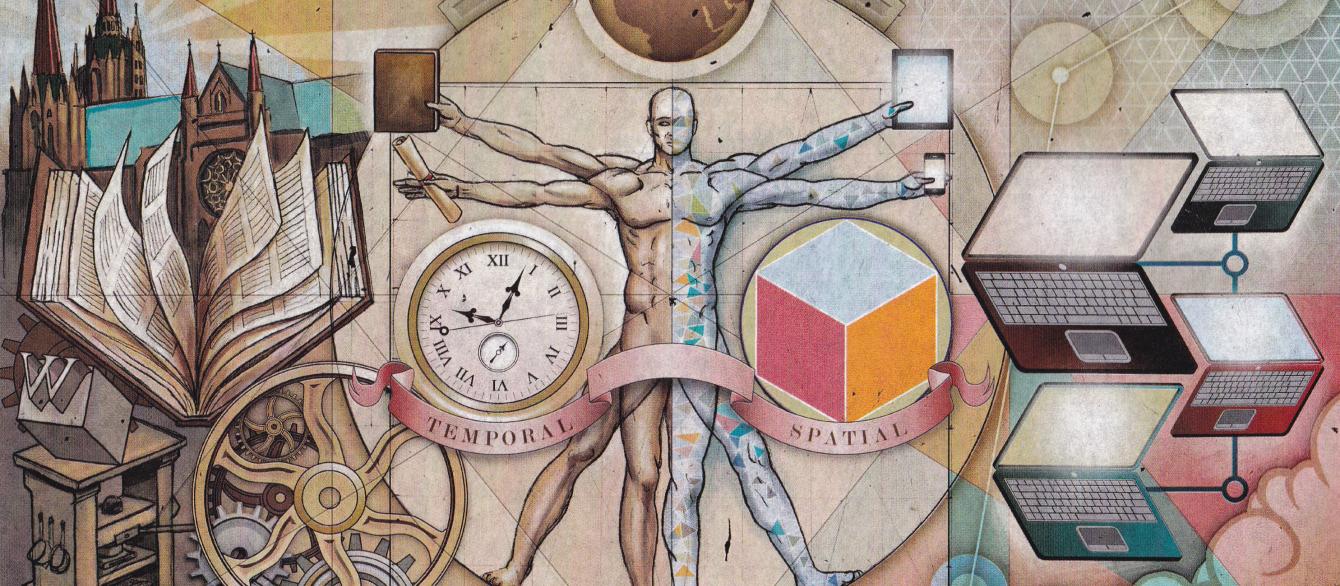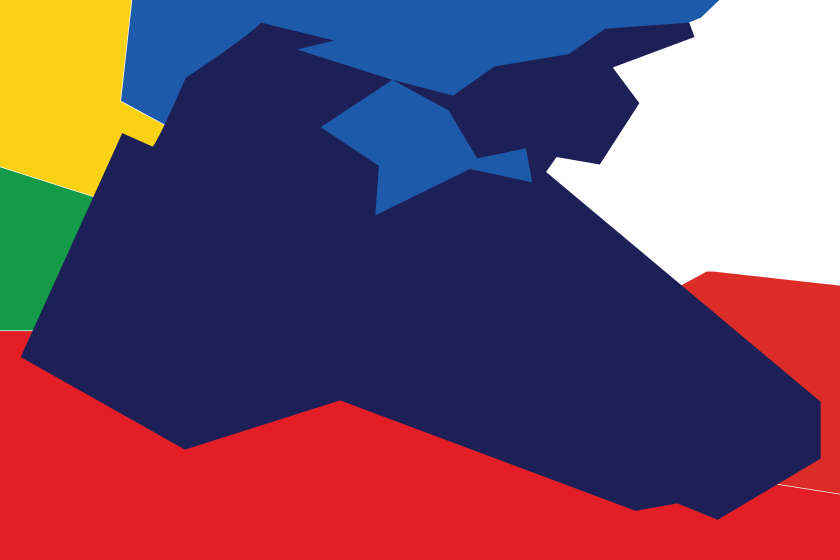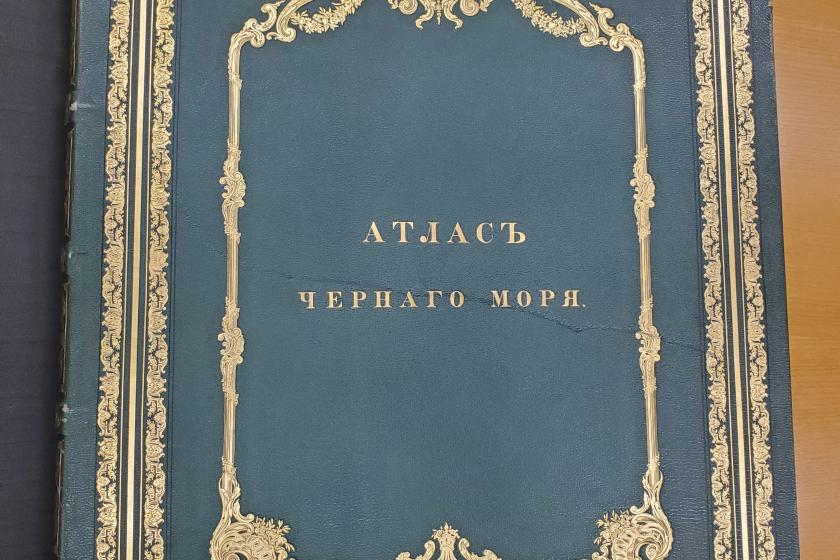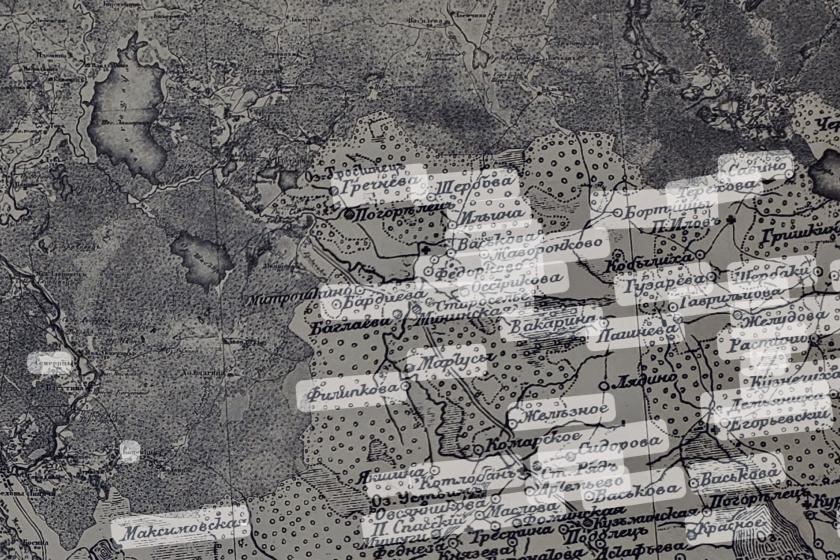- To create new historical knowledge;
- To solve a shared methodological problem;
- To produce a user-friendly and publicly accessible piece of history.
Whether you happen to be in a classroom or a library, at a kitchen table or a busy cafe, if you find yourself poring over maps or pondering places or spaces, we are working on these projects with you in mind.









